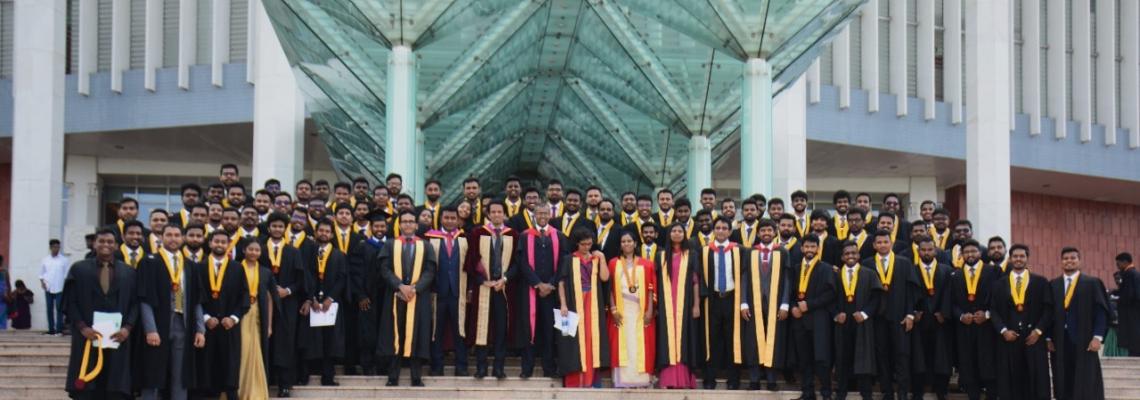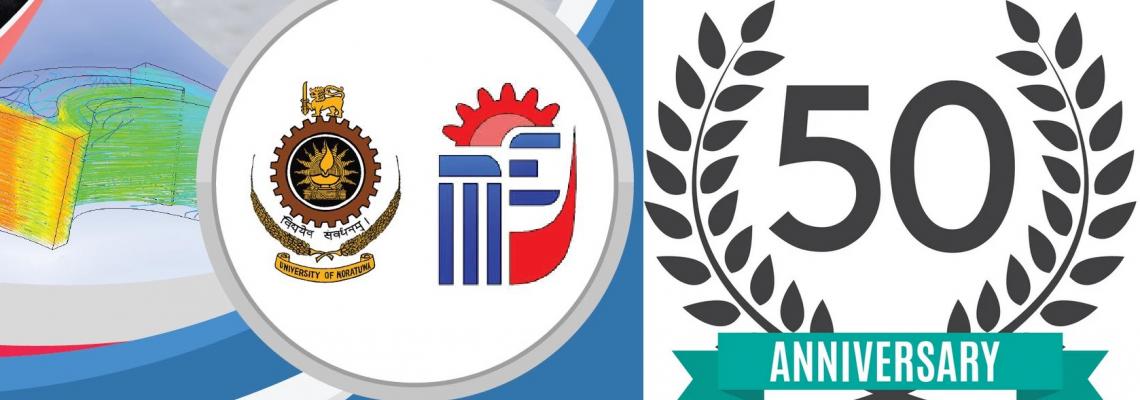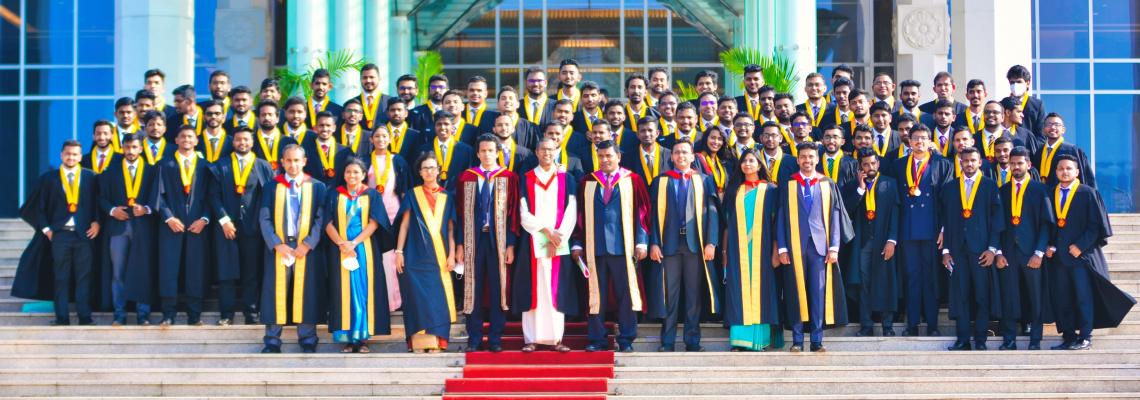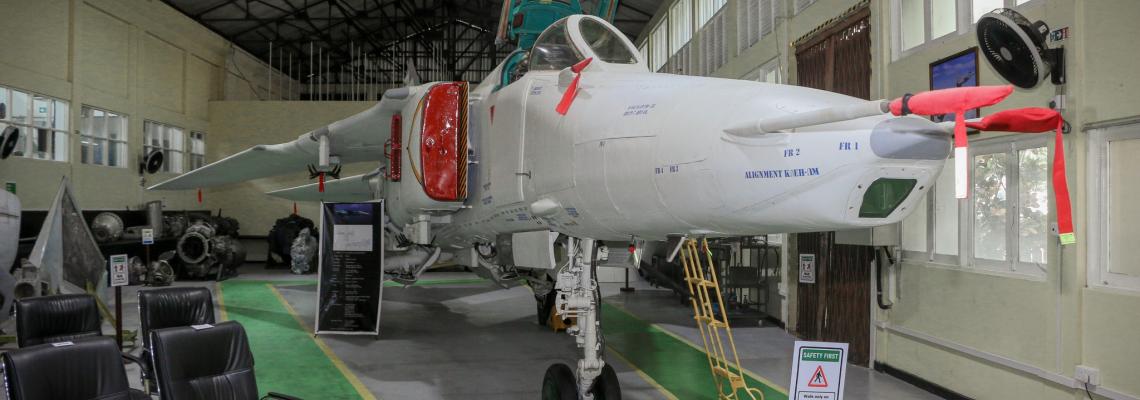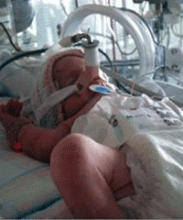 Positive-pressure ventilation is used when a patient's spontaneous ventilation is inadequate to maintain life. Positive-pressure ventilators supply air or a mixture of air and oxygen under possitive pressure to the patient's trachea (the airway) through an endotracheal tube (flexible plastic tube that is put in the mouth or nose and then down into the trachea.). The positive pressure causes the gas to flow into the lungs with less effort and also prevent the undesirable contracting in alveoli (The alveoli are tiny air sacs within the lungs where the exchange of oxygen and carbon dioxide takes place.).
Positive-pressure ventilation is used when a patient's spontaneous ventilation is inadequate to maintain life. Positive-pressure ventilators supply air or a mixture of air and oxygen under possitive pressure to the patient's trachea (the airway) through an endotracheal tube (flexible plastic tube that is put in the mouth or nose and then down into the trachea.). The positive pressure causes the gas to flow into the lungs with less effort and also prevent the undesirable contracting in alveoli (The alveoli are tiny air sacs within the lungs where the exchange of oxygen and carbon dioxide takes place.).
Especially for premature infants it is necessary to maintain good ventilation at a controlled oxygen percentage. Presently such devices cost around four to five million rupees and therefore they are not available even in main hospitals. Presently infants are given air and oxygen supply through headboxes, face masks, and nasal prongs without proper control over the pressure, mixing ratio, and flow rate. There is currently a need in the local hospitals for a positive-pressure ventilation device which is able to control pressure, mixing ratio, and flow rate automatically


